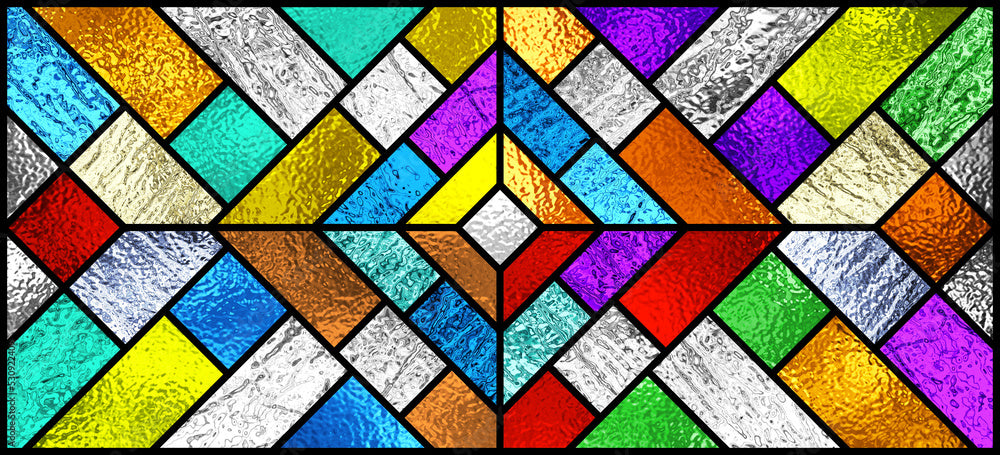
Stained Glass University
We developed our Stained Glass University information to enhance your personal enrichment of the art form, deepen your appreciation for stained glass creations, and promote rewarding results for your next project.
Working with colorful glass and light stimulates imagination and can improve overall cognitive abilities. As you gain experience, you can explore new possibilities in your designs, mixing and matching techniques for more creative freedom. The rhythmic, focused, and hands-on nature of stained glass can have a calming and meditative effect. Completing a stained glass project, whether a small trinket or a large panel, provides a tangible and rewarding sense of accomplishment. Unlike digital arts, stained glass provides a physical, hands-on experience where you can hold and display your finished creation, which can be deeply satisfying.
Learning the history and techniques behind stained glass windows in churches, homes, and other buildings gives you a new appreciation for the pieces you see in the world. You'll see the intricate details in a "whole new light".
We hope these short informative pages help you appreciate the stained glass world and increase your stained glass passion!
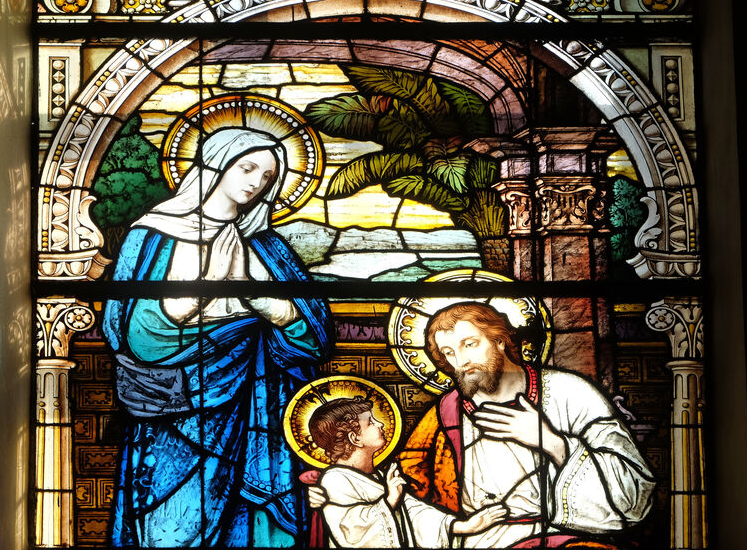
Stained Glass Origins
While the exact origin of stained glass windows is unknown, glass production was a significant industry in ancient civilizations:
- Egypt and Rome: Ancient Egyptians were among the first to produce colored glass, with glass beads dating to around 2700 BC....
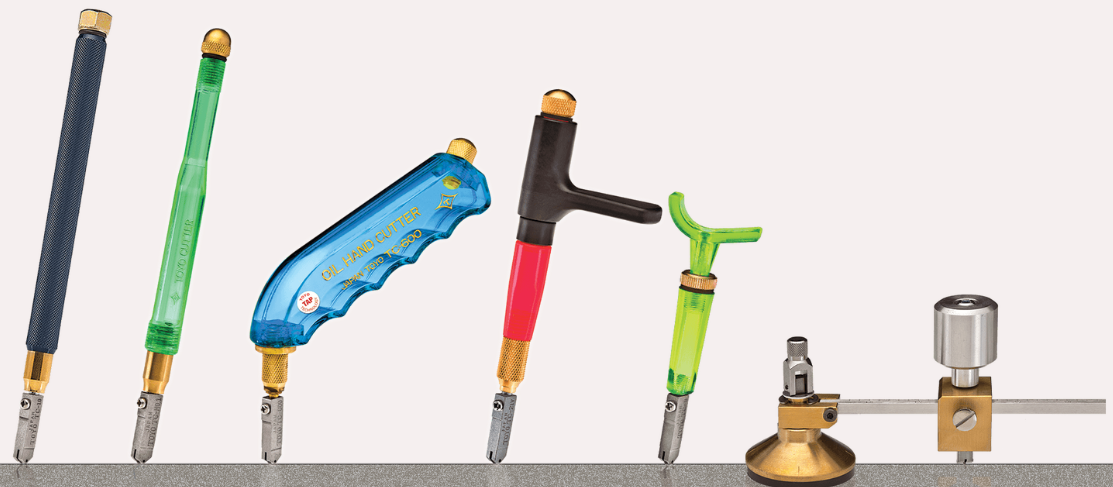
A guide to picking the best stained glass cutter
Several types of glass cutters are available for stained glass, each with its own advantages:
- Pencil-grip cutters These are the most basic and affordable. They are held like a pencil and are good for small projects...
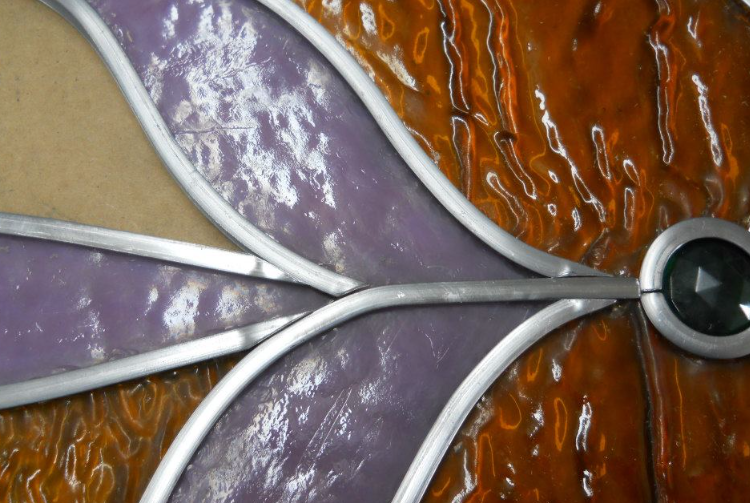
Lead came or Copper Foil Method?
Neither lead came nor copper foil is inherently "best" for stained glass; the ideal choice depends on the specific project and desired aesthetics.
Lead came
Pros:
- Traditional method, creating a classic "cathedral window" look.
- Offers excellent strength and durability, especially for larger panels...
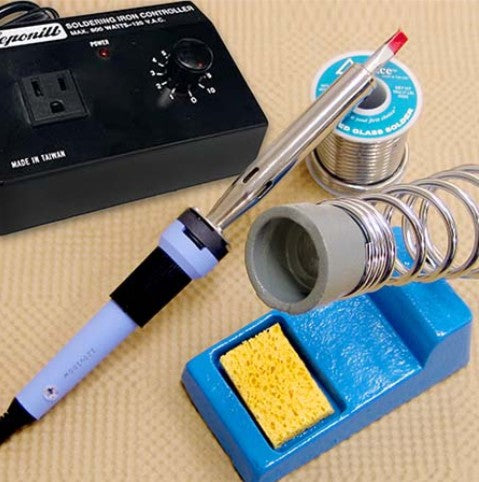
What is the optimal temperature setting for my soldering iron?
The ideal soldering iron temperature for stained glass varies depending on the type of solder you are using and your soldering speed. Here's a breakdown based on commonly available information:
For lead solder (like 60/40 or 50/50):
- Beginners or those who solder slower should start with a lower temperature, around 360°C (680°F)...
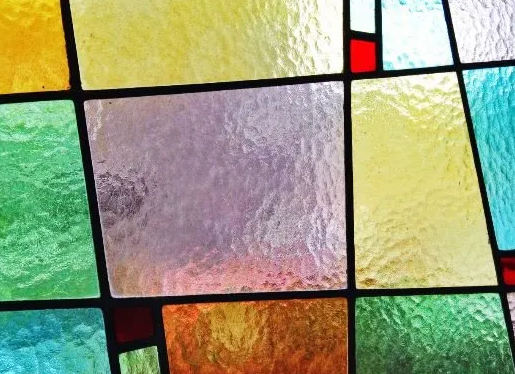
Stained glass differences explained
Stained glass encompasses a variety of techniques and styles that go beyond simple colored glass. Here are some of the main categories and types:
Based on Transparency and Effect
- Cathedral Glass: This is a transparent type of stained glass, allowing you to see through it. It comes in a wide array of colors...
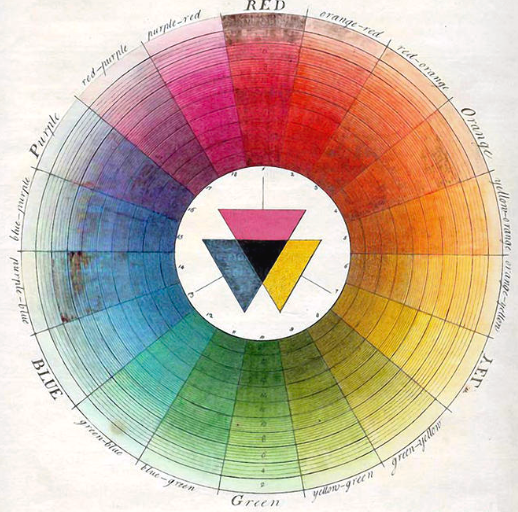
How does Stained Glass get its color?
Stained glass is beautiful to look at but where does this spectacular color come from? The color in stained glass is primarily determined by adding specific metallic oxides and other mineral compounds to the glass while it is molten. The type and concentration of these additives dictate which wavelengths of light the glass absorbs and which it transmits, resulting in a vibrant color. Glass furnace temperatures also can play a significant role in the final appearance of stained glass. Let's dig deeper...
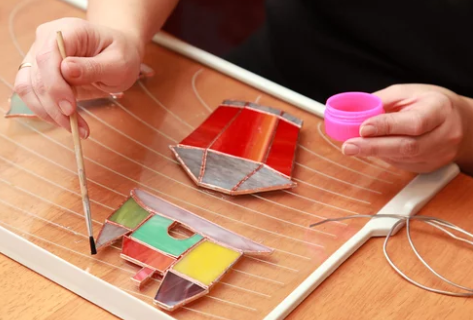
What is flux and why do I need it?
In stained glass soldering, flux is a chemical agent that cleans the metal surfaces of the copper foil or lead came and prevents re-oxidation as it is heated. Let's learn a little more about this important chemical...

Should I use grinder coolant or not?
The benefits of glass grinder coolants are a subject of debate within the stained glass community. Many experienced crafters use only plain water and recommend simply changing the water frequently to achieve similar results. However, with the rising costs of hobby supplies, grinder bit longevity becomes more important, so it is worth a deeper dive into the possible benefits of grinder coolant.